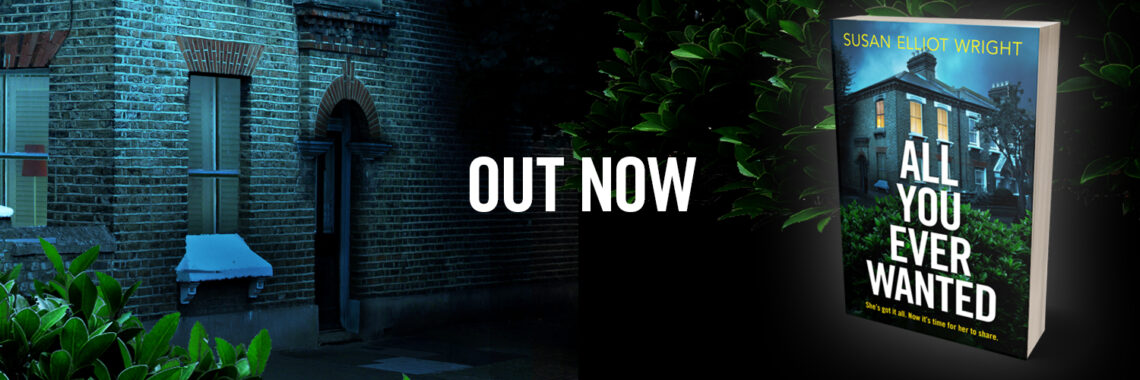This week’s post is in response to, and pays homage to a wonderful blog by fellow writer Isabel Costello
http://isabelcostello.wordpress.com/2012/03/25/a-real-character-or-in-this-case-me/ In the post, Isabel makes the point that characters develop as a result of a combination of different factors, and that just like real people, they are influenced by their genes, environment, experiences, friends, personality, likes and dislikes, and so on. When we learn a little about those influences, we learn more about the person, too.
Isabel has generously shared a few scraps of information about herself under the title Real Character, and although I have never met her, I now feel I know a lot more about her. She has indeed “come to life” as a real person (which of course, she is!) Like most writers, I am exceptionally nosey about, and fascinated by people and their lives, so I thought it would be a great idea to encourage other writers/bloggers to do the same – to write a Real Character piece, then publicise it on Twitter using the hashtag #realcharacter.
As Isabel says, fictional characters have to be that little bit more interesting than real people; but we often take little details from people we’ve met and exaggerate them to flesh out our characters. If lots of writers join in with this project and write their own #realcharacter piece, not only will it make fascinating reading, but we’ll all know each other a little better and we’ll have a marvellous resource – a treasure trove of character details.
To get us started, here’s mine:
Genes/inheritance
I’m short and dark, not particularly overweight but with a tendency to gain weight easily. In that respect, I take after my mother, whereas my sister is tall and lean like our father. My great great grandmother was Spanish, and apparently I look just like her, although the photograph that suggests this is sadly lost.
Environment
I was born in London, grew up there and raised my children there. For years the idea of living in the country horrified me – all that mud! But as I get older, I find I am more and more drawn to trees, fields, country lanes and fresh air. We currently live in Sheffield, a 20-minute drive from the beautiful Peak District, and a 20-minute walk from the city centre. I love Sheffield, except that we’re a long way from the sea; I dream of one day living by the sea.
Habits
Mainly bad. I love drinking wine, and really struggle to take the recommended two days off each week. Wine is just so nice. I adore food and if I didn’t restrain myself, I’d be the size of the house. I smoked for a long time, but haven’t now for more than ten years, thank goodness. I also like to swear. Not in anger, or for no reason, but I think ‘colourful language’ (as my grandma used to call it) can be very funny and is great when used for adding emphasis.
I do have a few good habits: I read a great deal and always have a book on the go. I start every morning with two pieces of fruit and I walk the dog every day, rain or shine.
Personality
I’m fairly outgoing and friendly. I love people but am equally happy in my own company and sometimes even prefer to spend time alone. Or with the dog – I’m more of a dog person than a cat person, but I like all animals. I talk to the dog – he thinks I’m wise, witty, and erudite.
I wear a lot of black. I’m too old to be a goth, but would have enjoyed wearing a black tutu and DMs.
Humour and laughter are important to me, and like Isabel, I’m drawn to funny people. I particularly enjoy verbal wit. My favourite sitcom ever is Frasier, a wonderful mix of wit, farce, and pathos.
I love life and I’m hugely motivated by the quest for self-fulfilment. I like to achieve things and to be striving for something, and as soon as one project is complete I’m looking for a new one.
My favourite time of year is autumn, and I like dramatic weather, especially heavy rain, thunderstorms and high winds.
Sometimes, I can be a bit of a know-all, and I like to be right – but I’m working on this!
Skills (or otherwise)
I’m a good cook, and can even make and decorate a wedding cake – I used to do this for a living. I’m also quite good at home decorating and transforming grotty houses. But I’m a rubbish gardener and can kill plants that are supposed to be un-killable. My attempts at growing vegetables – well, don’t ask!
I’m not musical, although I would dearly love to be. I always fancied myself as a rock guitarist, but my attempts to learn the guitar all failed dismally. I am quoted as saying, (with no sense of irony) ‘I’d give my right arm to be able to play the guitar.’ Hmm…
And one more thing…
If you’ve read Isabel’s blogpost, this really is going to appear spooky, but I too believe in love at first sight. I met my husband in October 1994, and within a couple of weeks we’d decided to marry. We initially set the date for21st December – my birthday. But although I’d recently gone through a divorce, I realised I hadn’t actually applied for my Decree Absolute – I was never going to marry again, you see. We didn’t get around to the wedding until 1997, but have now been together happily for over 17 years.
So, if you’d like to take part, simply write your Real Character piece, post it on your blog and publicise it with the Twitter hashtag #realcharacter. I look forward to reading them!


